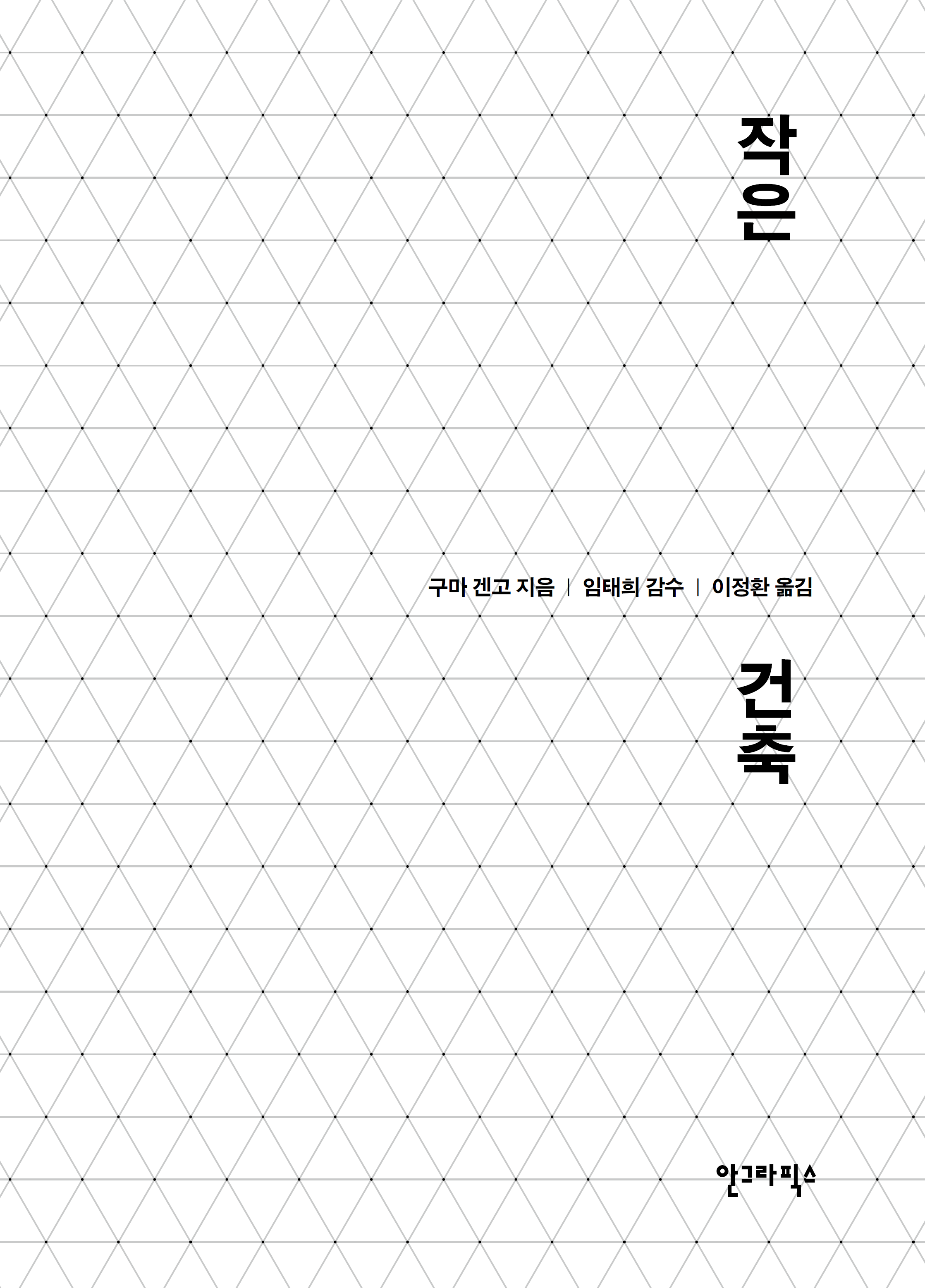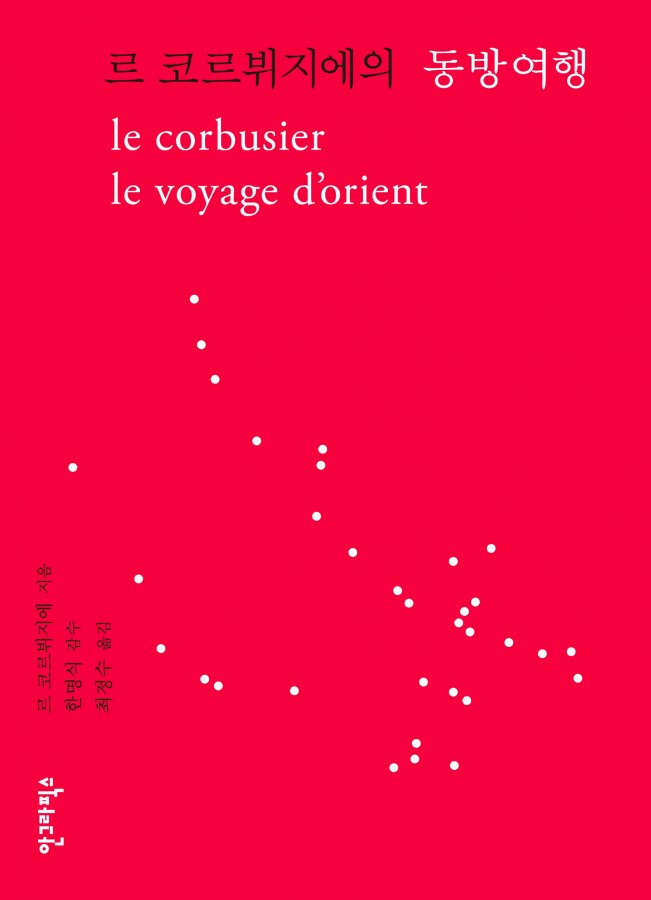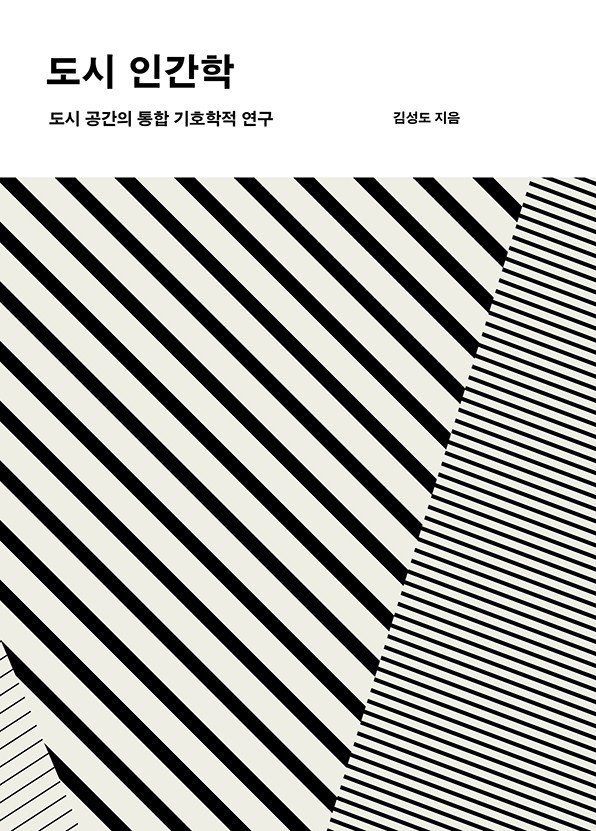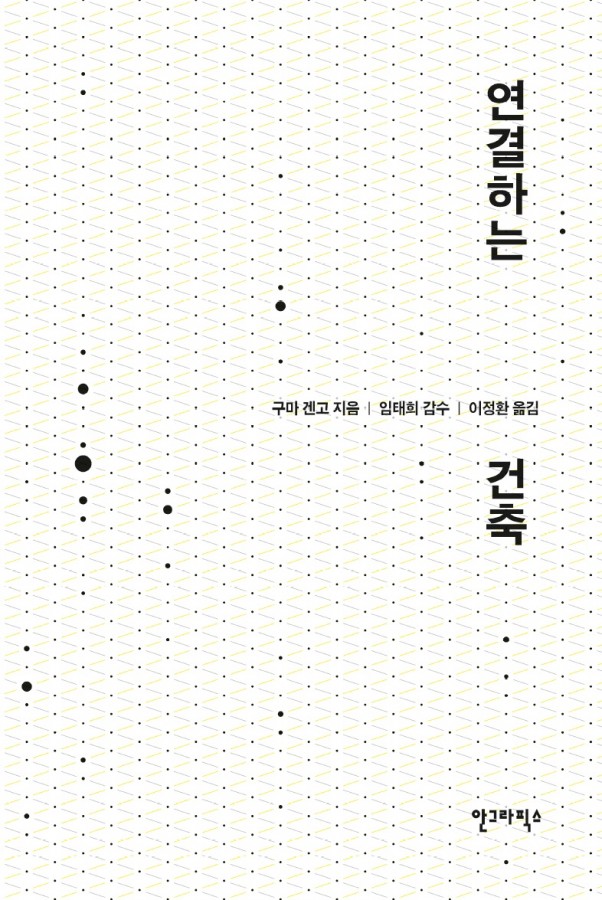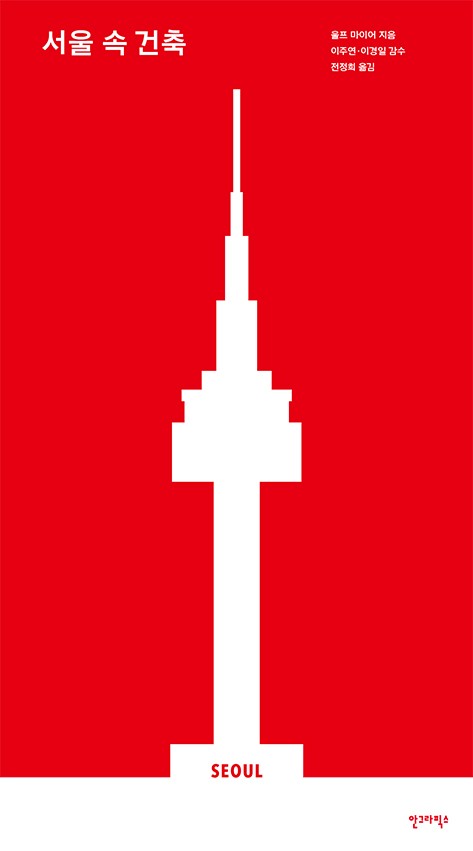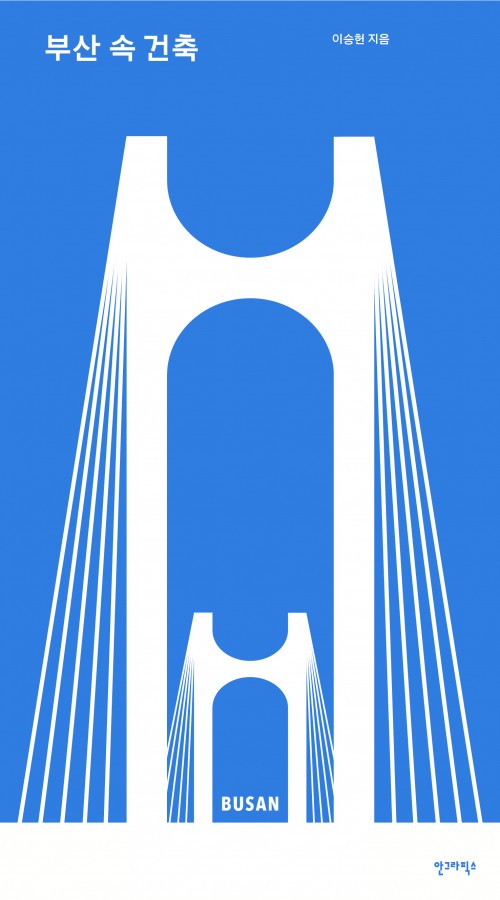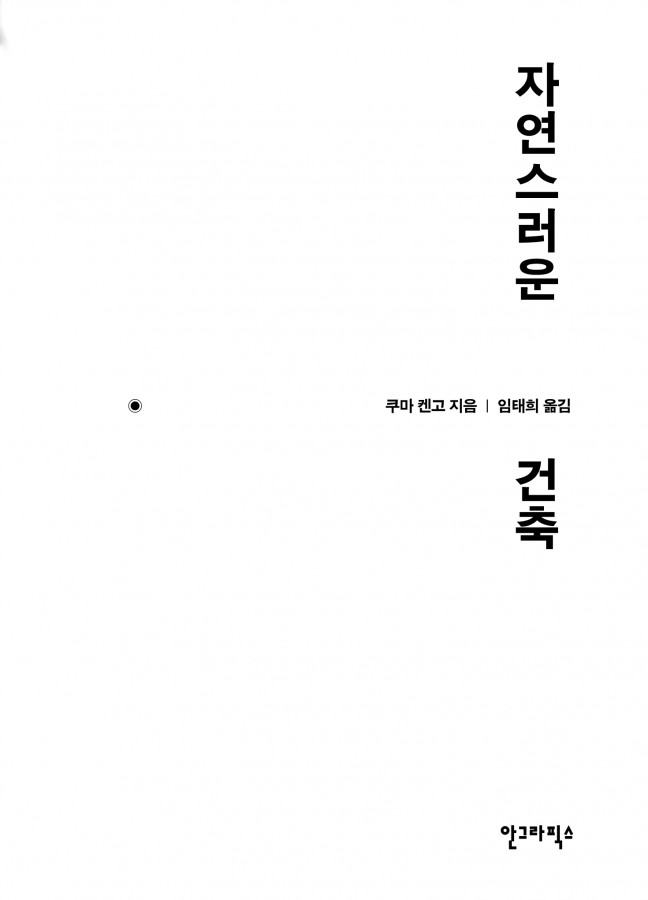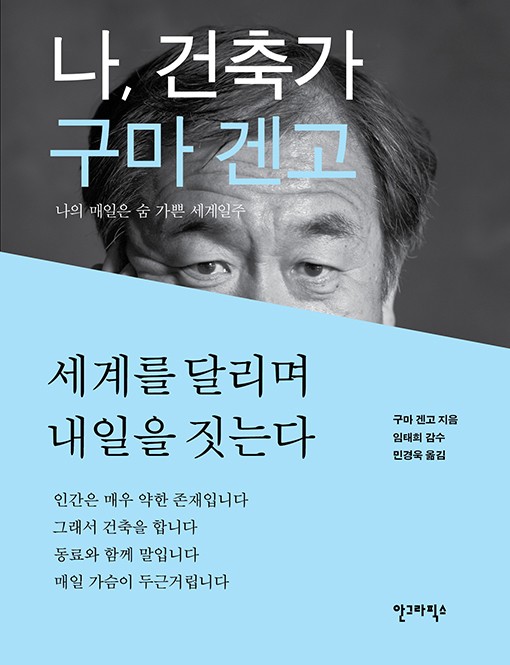Kuma Kengo’s Call for Architecture That Prioritizes Nature and Humanity
“Let’s Start Again from the Beginning!”
Throughout history, in response to devastating disasters such as massive wildfires, earthquakes, and tsunamis, humans have pursued “strong, rational, and large-scale architecture”, built primarily with concrete and steel. However, the 2011 Great East Japan Earthquake and subsequent tsunami and nuclear disaster served as a stark reminder of how fragile and powerless such “big architecture” can be.
Renowned architect Kuma Kengo advocates for “small architecture,” embracing nature and human interaction rather than sheer size and modernity. From exhibition spaces utilizing “water block” and “water branch” concepts to opera houses and flagship stores of global brands, Kuma continuously challenges conventional norms, pioneering innovative designs that harmonize with both people and the environment. His approach redefines contemporary architecture, proving that creativity and sustainability hold more value than mere scale and material strength.
